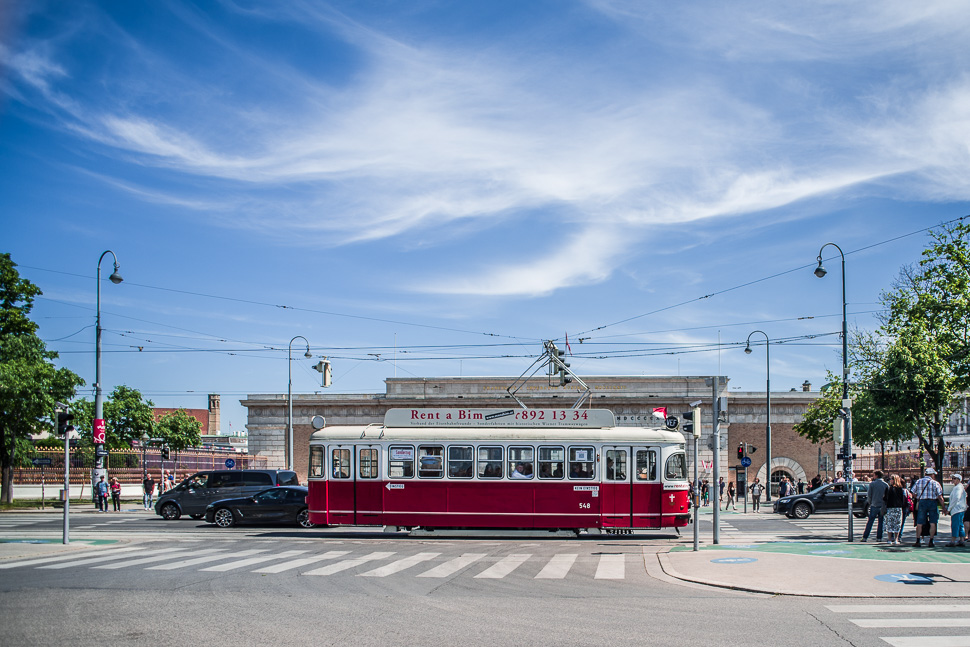
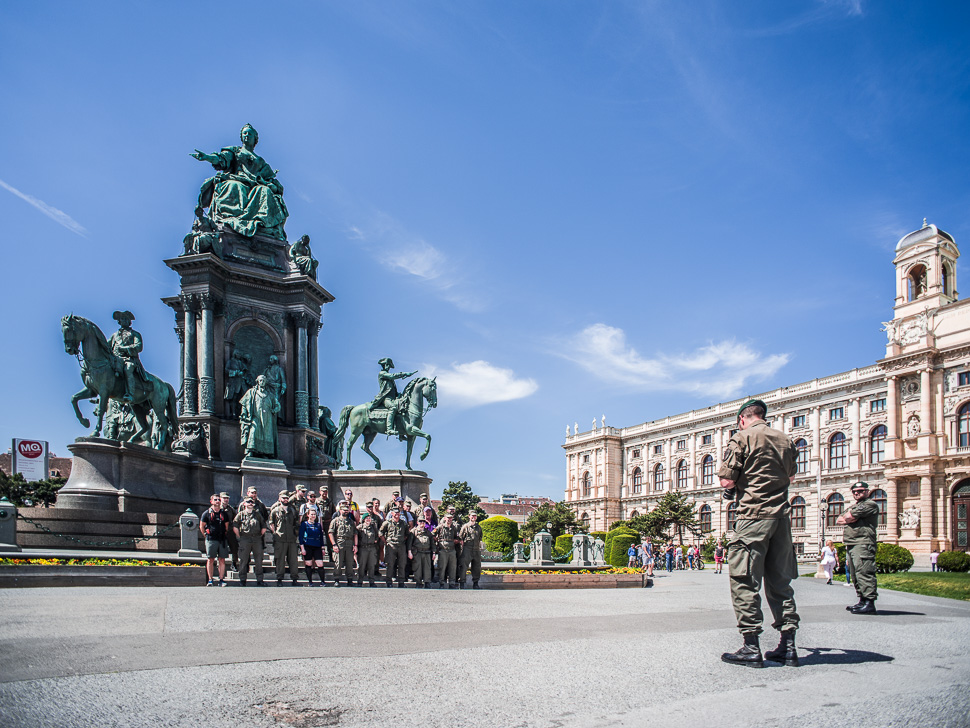
Maria Theresia was the ruler of the Habsburg monarchy from 1740 until her death in 1780, and the only woman to hold the position in her own right. She was the sovereign of Austria, Hungary, Croatia, Bohemia, Transylvania, Mantua, Milan, Lodomeria and Galicia (today part of Poland and Ukraine), the Austrian Netherlands, and Parma.
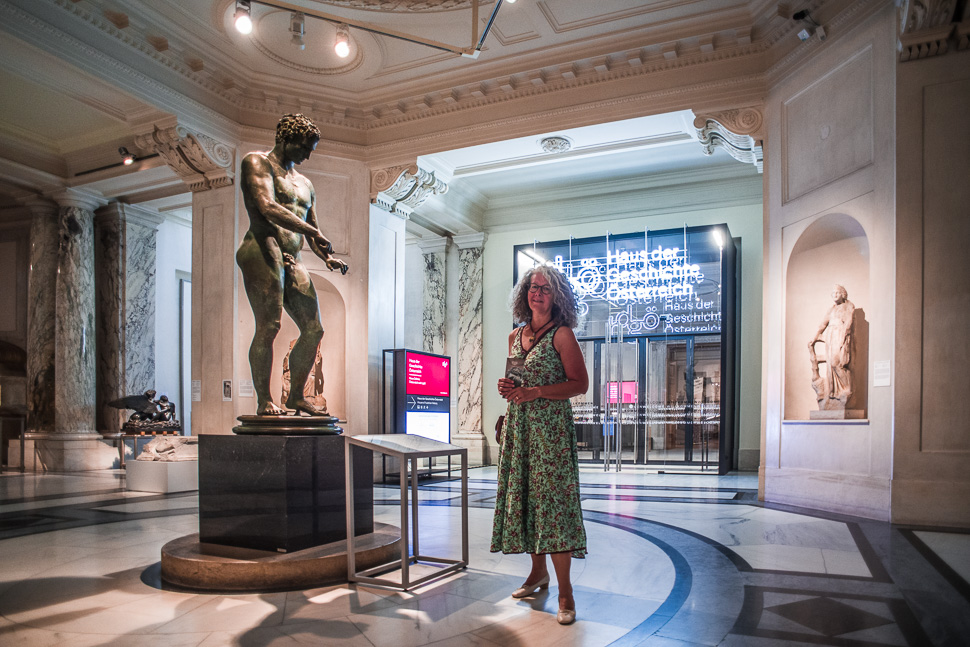
At the Heldenplatz, the Neue Burg was built as an extension to the Hofburg, the Royal Palace. It got famous in 1938, when Adolf Hitler gave his annexation speech on the terrace facing the Heldenplatz. Today it houses a couple of exhibitions, one of them is the Ephesos Museum.
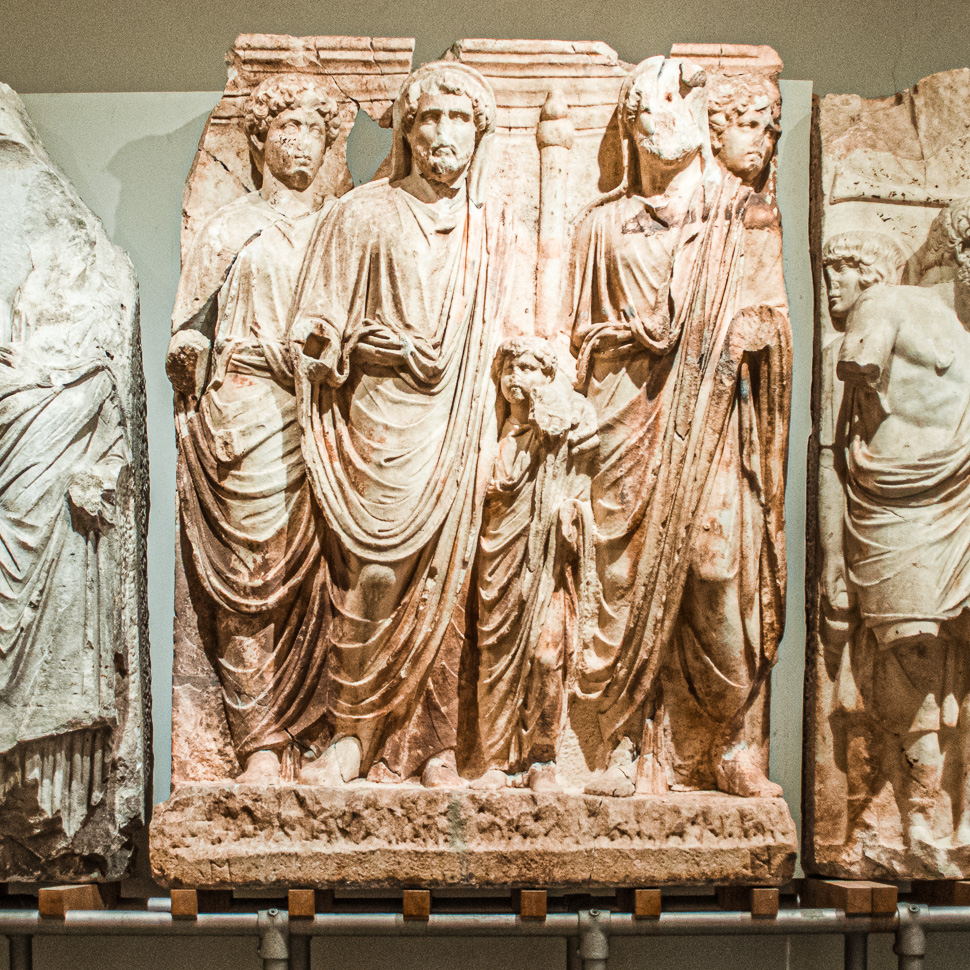
Since 1895, Austrian archaeologists have been excavating the ruins of Ephesos/Turkey. Up to the year 1906, numerous recovered objects of high quality were removed to Vienna, objects which can be seen today at the Ephesos Museum. As we had visited Ephesos 2 years ago, we decided to have a look what the Austrians had gathered.
Our visit to Ephesos in Turkey
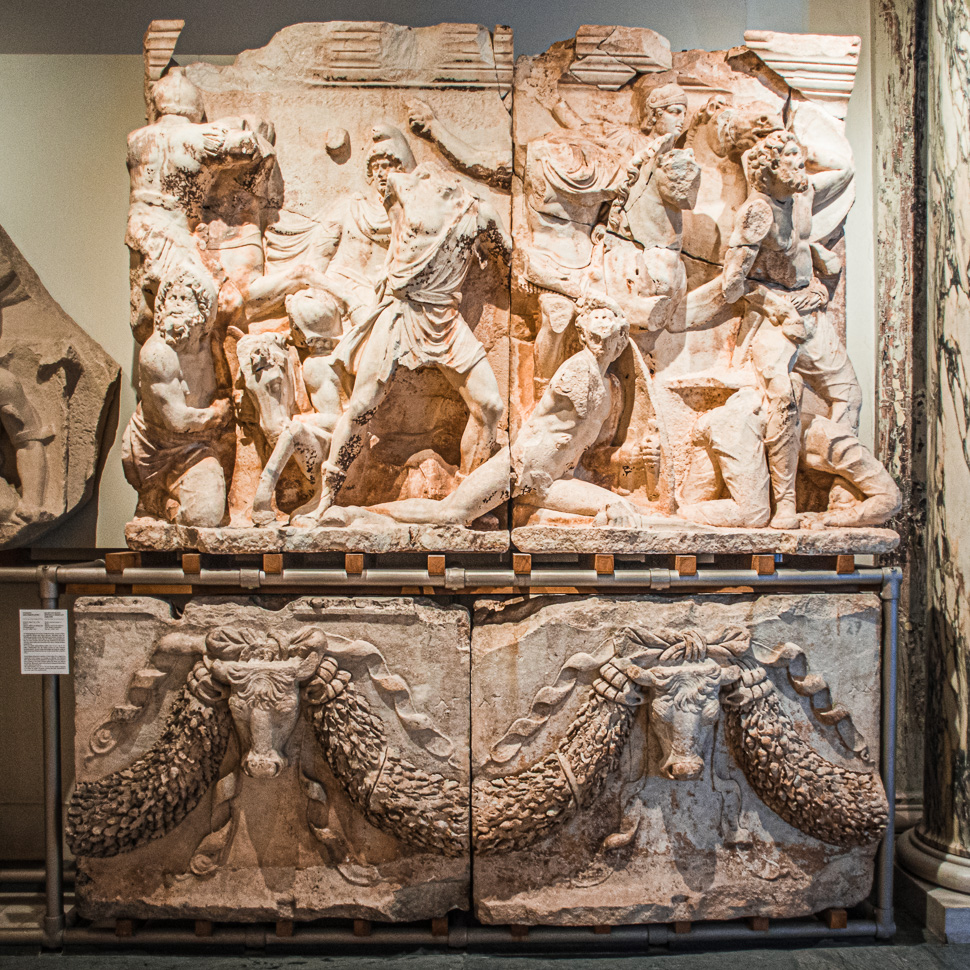
Since recently, also a preview of the Heroon of Trysa is on display in the Ephesos Museum. The Heroon was a tomb of a Lycian sovereign who had ancient myths, heroic sagas, and scenes from his own life depicted on over 200 metres of relief friezes around 380 BCE. The funerary monument was rediscovered in 1881 and the frieze panels were acquired for the imperial collections in Vienna. A complete installation of the spectacular monument is planned for the near future.

We were impressed by the objects on display, but if you haven’t been to Ephesos in Turkey, I think it wouldn’t be that exciting as you don’t get the dimensions and impressive remains you see there.
Our days in Austria are numbered and soon we will be following our camper to South Africa – can’t wait!!
